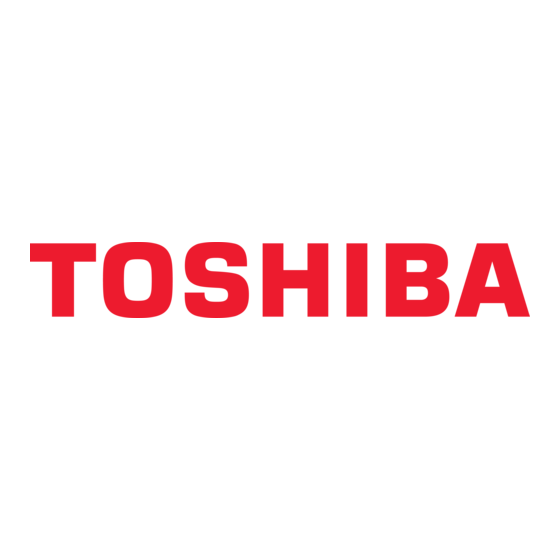Table of Contents
Advertisement
Quick Links
Tecra
User's Guide
If you need assistance:
Toshiba's Support Website
pcsupport.toshiba.com
Toshiba Global Support Centre
Calling within the United States (800) 457-7777
Calling from outside the United States (949) 859-4273
For more information, see
page 181
A5 Series
®
in this guide.
"If Something Goes Wrong" on
PMAD00046010
05/05
Advertisement
Table of Contents








Need help?
Do you have a question about the A5-S116 and is the answer not in the manual?
Questions and answers